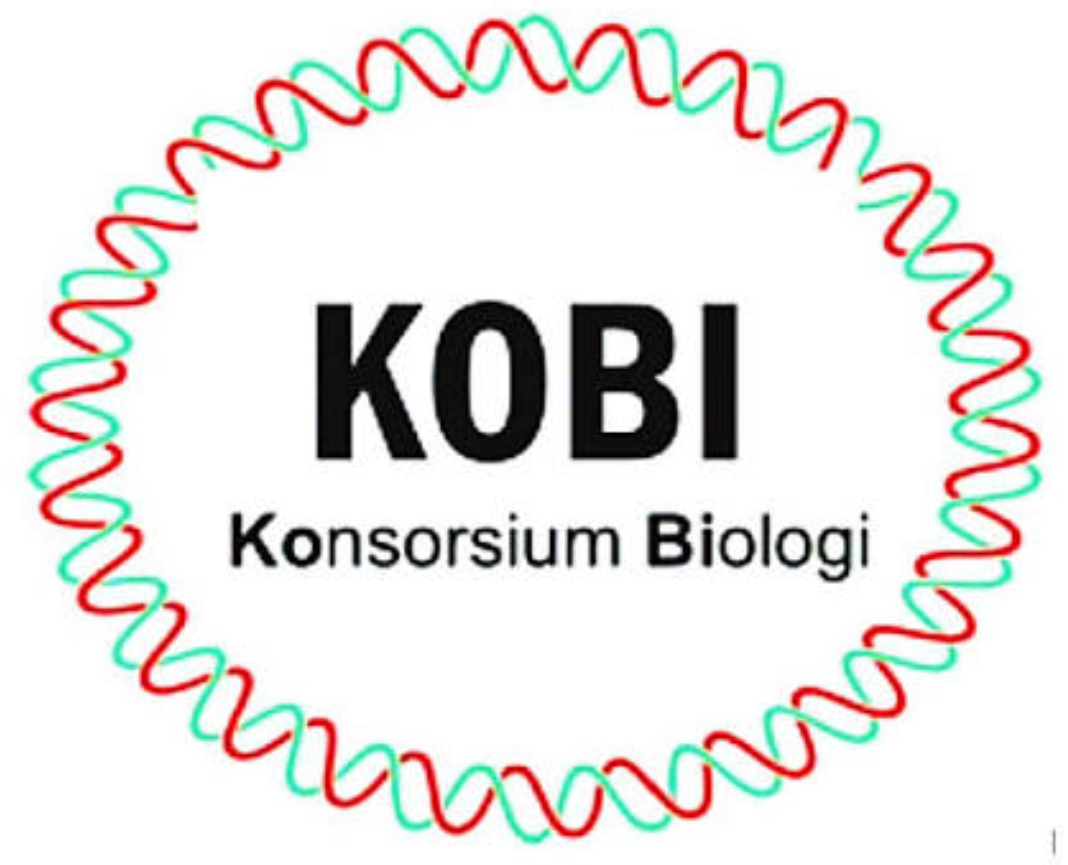Title:
The Effect of Extract Papaya (Carica papaya) Seed on Aedes aegypti Larvae Mortality
Author:
Abstract
Keywords
Full Text:
PDFReferences
Andrian, S. 2008. Mengenal Lebih Jauh Tentang Nyamuk Penular DBD : Aedes aegypti. Banjar: DKK Banjar.
Arsyad, A. 2013. Media Pembelajaran Edisi Revisi. Jakarta: Grafindo Persada.
Cania, E. dan Setyaningrum, E. 2013. Uji Efektifitas Larvasida Ekstrak Daun Legundi (Vitex trifolia) Terhadap Larva Aedes aegypti. Medical Journal of Lampung University. 4 (2).
Dahlan, S. 2014. Statistik Untuk Kedokteran Dan Kesehatan Edisi 6. Jakarta: Salamba Medika.
Depkes RI. 2015. Modul Latihan Kader Dalam Pemberantasan Sarang Nyamuk Demam Berdarah Dengue. Jakarta: Dirjen PPM dan PLP.
Depkes RI. 2015. Modul Pelatihan bagi Pengelola Program Pengendalian Penyakit Demam Berdarah Dengue di Indonesia. Jakarta: Dirjen PPM dan PLP.
Dewi, I.R.A. 2007. Prospek Insektisida yang Berasal dari Tumbuhan untuk Menanggulangi Organisme Penganggu Tanaman. Bandung: UNPAD.
Elita, A. 2013. Studi Preferensi Tempat Bertelur dan Berkembangbiak Larva Nyamuk Aedes aegypti Pada Air Terpolusi. Bogor: Institut Pertanian Bogor.
Ester, M. 2002. Demam Berdarah Dengue: Diagnosis untuk Penelitian Vektor Demam Berdarah Dengue (DBD) di Jakarta. Jakarta: Media Litbangkes.
Hadiwiyoto, S. 2000. Pepaya dari Getah sampai Buahnya Berguna. Jakarta: Penebar Swadaya.
ITIS. 2011. Carica papaya L. Jakarta: Penebar Swadaya.
Kalie, B. 2008. Bertanam Pepaya Edisi Revisi. Jakarta: Penebar Swadaya.
Kusnoputranto, H. dan Susana, D. 2003. Kesehatan Lingkungan. Depok: FKM Universitas Indonesia.
Maiyena, S. 2013. Pengembangan Media Poster Berbasis Pendidikan Karakter Untuk Materi Global Warming. Jurnal Materi dan Pembelajaran Fisika, Vol. 3, No. 1, 18-26.
Muhlisah, F. 2002. Tanaman Obat Keluarga. Jakarta: Penebar Swadaya.
Notoatmodjo, Soekidjo. 2002. Ilmu Kesehatan Masyarakat. Jakarta: PT Rineka Cipta.
Novitasari, I. dan Sugiyanto, Z. 2014. Hubungan Suhu, Kelembapan Rumah dan Perilaku Masyarakat tentang PSN dan Larvasidasi dengan Keberadaan Jentik Nyamuk Penular Demam Berdarah Dengue. Semarang: Universitas Dian Nuswantoro.
Nuswamarhaeni, S., Prihatini, D., dan Pohan, E.P. 2002. Mengenal Buah Unggul di Indonesia. Jakarta: Penebar Swadaya.
Palgunadi, B. U., dan Asih, R. 2011. Aedes agypti Sebagai Vektor Penyakit Demam Berdarah Dengue. Jurnal. 2 (1).
Putri, R. K., Tarmansyah, dan Fatmawati. 2013. Efektifitas Penggunaan Media Poster Untuk Mengenalkan Materi Kebudayaan Daerah. JUPEKhu, Vol. 2, No. 3, 141-152.
Ridho, Muhammad Rasyid. 2009. Uji Resistensi Vektor DBD (Aedes agypti) Terhadap Insectida Malathion di Kecamatan Batulicin dan Kecamatan SImpang Empat Kabupaten Tanah Bumbu. Skripsi. Banjarbaru: UNLAM.
Silalahi, L. 2014. Demam Berdarah-Penyebaran dan Penanggulangan. Jakarta: Litbang Departemen Kesehatan RI.
Soegijanto, S. 2004. Demam Berdarah dengue. Surabaya: Airlangga University Press.
Sugiyono. 2012. Metode Penelitian Kuantitatif, Kualitatif, dan R&D. Bandung: Alfabeta.
Yahya, Marzuqi. 2012. Khasiat Daun Pepaya untuk Penderita Kanker. Jakarta: Dunia Sehat.
Yudastuti, R., dan Anny, V. 2005. Hubungan Kondisi Lingkungan, Kontainer, dan Perilaku Masyarakat dengan Keberadaan Jentik Nyamuk Aedes aegypti di Daerah Endemis Demam Berdarah Dengue Surabaya. Jurnal Ilmiah Kesehatan. 1 (2).
Yunita, E. 2009. Pengaruh Ekstrak Daun Teklan (Eupatorium riparium) Terhadap Mortalitas Dan Perkembangan Larva Aedes aegypti. Semarang: UNDIP Press.
DOI: https://doi.org/10.31002/ijobe.v5i1.5946
Article Metrics
Abstract view : 0 timesPDF - 0 times
Cited By
Refbacks
- There are currently no refbacks.
Copyright (c) 2022 Indonesian Journal of Biology Education

This work is licensed under a Creative Commons Attribution-NonCommercial-ShareAlike 4.0 International License.

This work is licensed under a Creative Commons Attribution-NonCommercial-ShareAlike 4.0 International License.
indexed by :
Jalan Kapten Suparman 39 Magelang, Jawa Tengah, Indonesia 56116
Phone (0293) 364113 Fax (0293) 362438
Website: http://jurnal.untidar.ac.id/index.php/ijobe









 Abstract views : 0
|
Abstract views : 0
| PDF views : 0
PDF views : 0

